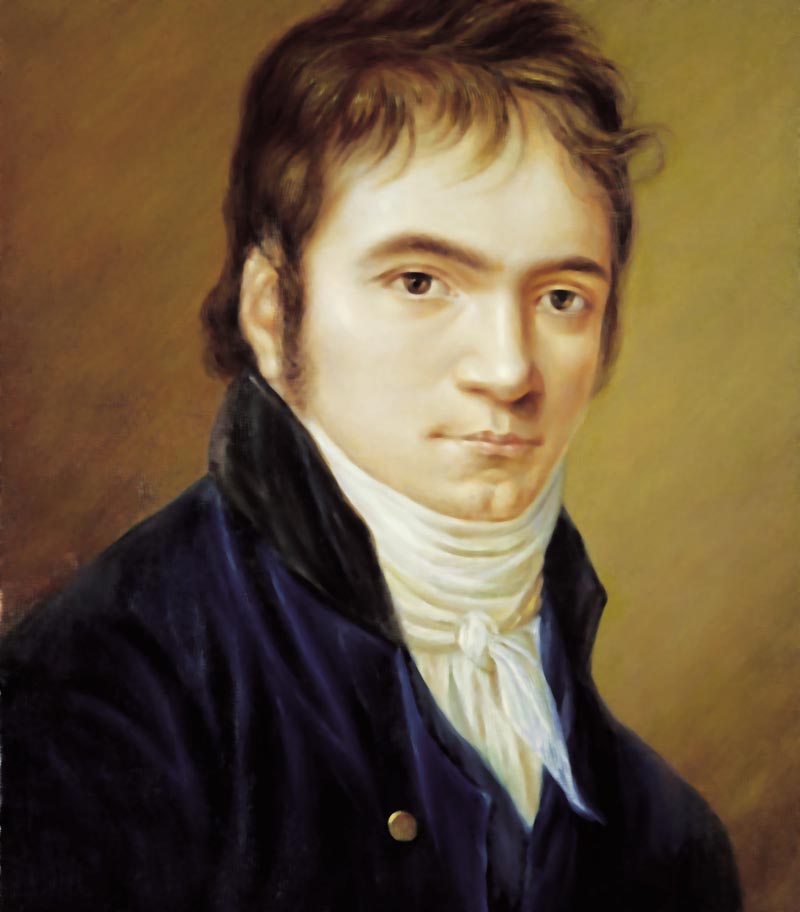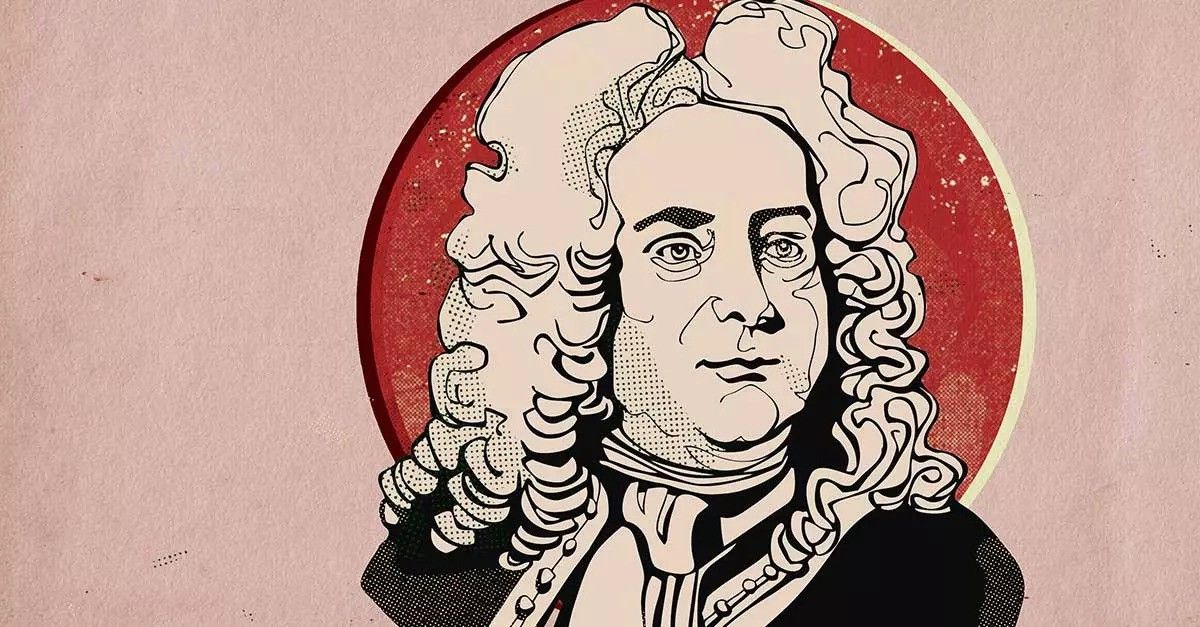THE STORY BEHIND: Beethoven's Piano Concerto No.5 ("Emperor")
Share
THE STORY BEHIND: Beethoven's Piano Concerto No.5 ("Emperor")
Title: Piano Concerto No.5, op.73, E-flat major (Emperor)
Composer:
Ludwig van Beethoven (1770-1827)
Last time performed by the Rhode Island Philharmonic: Last performed September 17, 2016 with Larry Rachleff conducting and soloist Garrick Ohlsson. This piece is scored for solo piano, two flutes, two oboes, two clarinets, two bassoons, two horns, two trumpets, timpani and strings.
The Story:

It is a truism to say that Ludwig van Beethoven changed the course of music history. However, it is another matter, and a more exciting one, to hear a Beethoven composition that actually did change history. The “Emperor” Piano Concerto is such a work.
Before Beethoven, the role of the performer was more creative than in later times. Performers were expected to improvise not only ornaments and filler passages but, in a solo concerto, also a whole cadenza (long solo near the end of the first movement). It was the performer’s job to “finish” the composition for the audience (in the same way, today, that an interior decorator finishes the work of an architect and a builder). Beethoven’s “Emperor” Concerto wrested that decorative privilege from the performer, who often took too much license with it anyway. In this concerto’s first movement just before the conclusion, where the soloist’s cadenza is expected, Beethoven wrote in the score, “Non si fa una cadenza, ma s’attacca subito il seguente” (“Do not play a cadenza, but immediately proceed to the following”). With those fateful words, Beethoven seized full control and forever closed what one analyst has called “the saddest chapter in the story of the concerto.” The movement continues with Beethoven’s own written-out cadenza, briefly treating the two principal themes and gradually bringing in the orchestra for a triumphant ending.
The second movement projects a nocturnal atmosphere through its song-like theme and following delicate treatments of it. At the soft, sustained ending, the finale bursts forth exuberantly. This movement has an ingenious architecture in which the main theme keeps reappearing between episodes, always growing and evolving. However, despite the analysis that such formal genius invites, the concerto’s finale is impetuous and spontaneous, written with the exhilaration and pure joy of a creative artist making a modern form out of an old one.
The “Emperor” Concerto was written in 1809, the year of the French siege and occupation of Vienna, when Beethoven’s patron and student, Archduke Rudolf, suddenly had to leave the city to protect his safety. This was the occasion of Beethoven’s Les Adieux piano sonata, dedicated to Rudolph, as was the concerto. By 1809, Beethoven had grown too deaf to perform at the piano, and perhaps for that reason the “Emperor” was his final piano concerto. Probably because of the war, the work had to wait until 1812 for its premiere. At that occasion, the press was ecstatic, calling the work “one of the most original, imaginative, most effective but also one of the most difficult of all existing concertos.” The exact origin of the nickname “Emperor” is unknown, but a story persists that a French army officer attending the premiere enthusiastically dubbed it “an emperor among concertos.”
Program Notes by Dr. Michael Fink © 2021 ALL RIGHTS RESERVED
Single event in-person or livestream options starting at $35, click HERE or call 401-248-7000 to purchase today!







